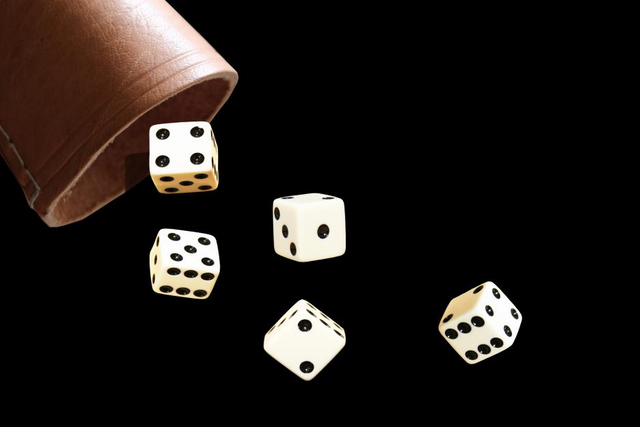Why coincidences may not be accidental

Everybody has ever been in a situation where they just can not explain a match. Thinking of an old friend you have not seen before, and the next time you meet in the street. Or, for a long time, ask yourself a question to find the answer in the form of a street inscription.
An example of such a coincidence is Anthony Hopkins' story about his involvement in a novel by George Fife's "The Petrokae Girl." A few days after signing the film contract, Hopkins goes to London to buy a copy of the book. To his surprise, however, it appears that there is not one piece in the bookstore in London. While he is waiting in Leicester Square to go home, he notices a book forgotten on one of the benches. To his surprise, this is "The Girl from Petrovka". In itself this is an inexplicable coincidence, but it does not end there.
Two years later, during photos in Vienna, Hopkins was visited by George Fiffer, the author of the novel. While you spoke, Fiffer mentioned that there was no copy of the book inside. The only copy he had had been given to a friend who lost him somewhere in London. Then Hopkins showed Fife's book, which, with great astonishment, noticed on her pages her own notes. After all, it turned out that the book was the same.
How is that possible?
As if all the events in the world, all people and all the information are connected with invisible threads, which sometimes suddenly flashes. And, according to the famous psychiatrist and philosopher Karl Gustav Jung, it really is. He calls the phenomenon "synchronicity." Assuming it exists, this is one of the most mysterious things in the universe.
Yung concludes that there is a connection between things - between time, space, consciousness and unconscious - which is not causal. Significant coincidences are her brightest manifestation. Here's what he wrote in his book on synchronicity, published in 1952.
"My example is related to a young patient who, despite the efforts made by both sides, was psychologically inaccessible. The difficulty came from the fact that she always knew more about everything. Her excellent education had provided her with a weapon ideally designed for this purpose, namely pre-Cartesian rationalism with an infallible "geometric" notion of reality. After some frustrating attempt to sweeten her rationality with somewhat more human understanding, I had to confine myself to the hope that something unexpected and irrational would appear-something that would break the intellectual retribution she had closed itself. So one day I sat opposite her, my back to the window, and I listened to her flow of rhetoric. She had had an exciting sleep the night before, in which someone had given her a golden scarab, a jewel.
While she kept telling the dream, I heard something behind me tapping the window. I turned around and saw that it was a big flying insect trying to enter the dark room. That sounded very strange to me. I opened the window immediately and caught the insect in the air. It was a scarce beetle (Cetonia aurata), whose golden-green color most closely resembles a golden scarab. I gave the beetle to the patient with the words "Here's your scarab." This experience probed the desired hole in its rationalism and broke the ice of its intellectual resistance. Treatment could now continue with satisfactory results. "
At certain times under the influence of senses that are relevant to the individual, elements of his inner world can manifest themselves in the external in the form of unexpected coincidences, coincidences, accidents, "luck" or even a miracle. According to Jung, this is due not only to our interpretation, but to a truly existing relationship that we call "synchronicity."
It is important to note that the concept of synchronicity has a large number of critics who believe that it is not only vaguely defined but also counterproductive from a scientific point of view. Skeptics tend to attribute the phenomenon of the so-called "Apophenia" or the propensity we have, to discover schemes or meaning in absolutely random and unrelated phenomena. The paradox, where we see faces everywhere, is an example of visual apophenia.
Fooling or not, sometimes "synchronicity" helps us to act, make a decision, or even radically change our lives. We choose what interpretation to give to things. If the unusual occurrence of circumstances has attracted attention to something you have ignored earlier, perhaps it is time to think.

Excellent way to celebrate your 1000 followers. I aspire to have the same amount as you. I know it's hard work but it's worth it. Beautiful the photograph you published, I wonder how you and your son got there. It is spectacular. Greetings from Venezuela! I follow you too!